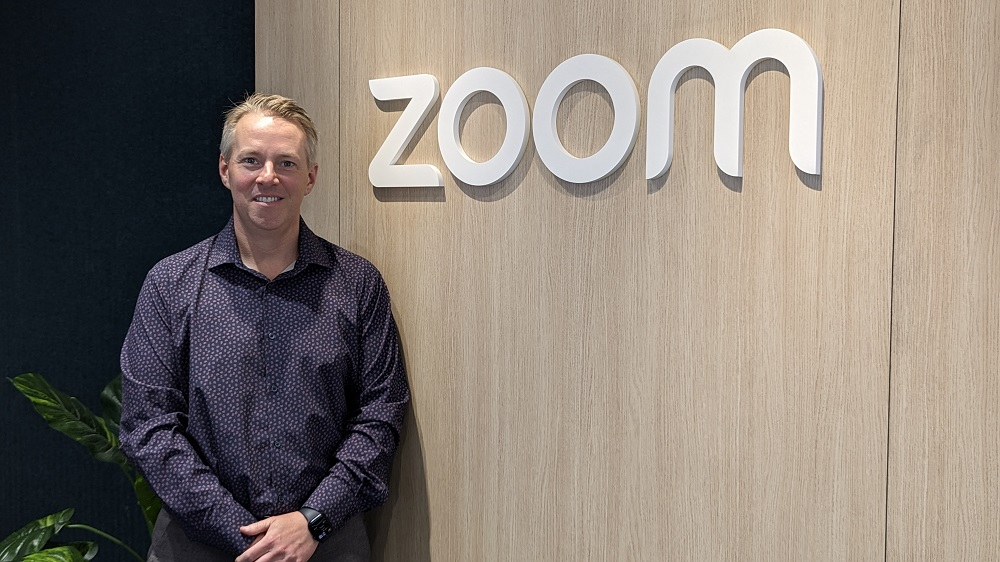Plugged-in engagement

Research shows a sustainable connection between increasing employee engagement and business growth. Is that something that you’ve seen at Dow Chemical Pacific?
Yes, that correlation has definitely been the case for us as well.
The way that Dow looks at it, engagement is, ultimately, about going “above and beyond”. And you can link that to the intent that the employee has to stay and contribute.
We are at an 80% favourable engagement score, Asia-Pacific wide, at the moment. And our average tenure is more than ten years – both of these highlight the intent of the employees to stay and contribute to the company’s overall success.
We’ve also had very positive growth in this region so there is also a positive correlation between engagement and business results.
What are some successful engagement-increasing strategies or policies that you have adopted at Dow?
Respect for people is one of our key values right across the globe. We respect people for the differences they bring; and we respect them for having a life outside of Dow. One area where we support and help employees, particularly in Singapore, is our Flexible Benefits scheme.
Employees get a set of points that they can use on 10 different categories of items that they can co-share payments on with the company.
We respect that everyone has different priorities, and those priorities change over time – and we want to encourage ownership as well. So there are no restrictions on what staff use the points for. So a single employee may use all their points on vacation items – flights and hotel bookings, but another who may have young children may choose to use all the points on enrichment classes for their family.
This is unlike some organisations that reserve a minimum portion of points for medical and dental benefits only.
A lot of the focus is now on millennial employees – do you have to do something different to keep these workers engaged?
What the millennials want is very similar to what other generations want. I don’t think they are so unique that we have to treat them very differently. The basic motivation is about being understood, respected, and appreciated, and this is common with the other generations as well.
Understanding their perspective, and explaining the “why” we do things a certain way are key. Once you get their buy in, they will go with you when it comes to doing more for the organisation.
Is there something more or different that needs to be done to re-engage staff who have “switched off”?
Through interactions, one is able to sense whether an employee has disengaged or switched off. One way of bringing them back is to look at it from both sides. What is it that has been removed or added that has resulted in them being disengaged?
In most cases, what we see happening is that the team they are in plays a very big part – particularly the leader. One possible starting point is to look at the dynamics of the team and see if something has changed in that space prior to the disengagement.
What does it mean to align the customer experience and the employee experience?
What each stakeholder needs from the organisation is often connected, and something that disturbs the employee experience will also affect the end customer.
For example, if an employee has to go through multiple levels of approval to get a sale done for an external customer. The employee experience is affected because they may not be able to do as good a job as they hope; and the customer is also impacted.
What new engagement opportunities are made available by changing technologies and mobile communications?
At Dow, we have an appreciation platform that every employee has an account with. They can use this to formally recognise others, peers and leaders. There are multiple forms of recognition, from an e-card to much bigger peer awards that are available.
That platform has recently gone mobile, which means that recognition can now be a lot more instantaneous. This social technology also allows communities to build; with fellow employees able to “like” or comment on the recognition given.
What are the next steps to continue improving engagement?
When it comes to engagement, ultimately it is the ownership involved. If it lies only with HR or with the leaders, it cannot be as effective. It is a shift of mindset where everyone is accountable to make the system work, not only for themselves but for the team and the organisation.
The employee experience up close
Join Rohaya Roslee, Talent Management Leader with Dow Chemical Pacific in Southeast Asia, and more than 15 other senior-level speakers and panellists for the Employee Experience and Engagement Congress in Singapore next month.
Taking place in Singapore on November 28 and 29, this exclusive learning event will offer the latest thinking and best-practice case studies on a vital area of HR management today. Delegates will hear first-hand from organisations including Breadtalk, Coca-Cola, Redmart, Swiss Re, and Danone. They will each reveal why and how they are constantly seeking to improve their employee experience offer, as well as the measured results of their programmes.
For more information, visit www.congress.hrmasia.com.



